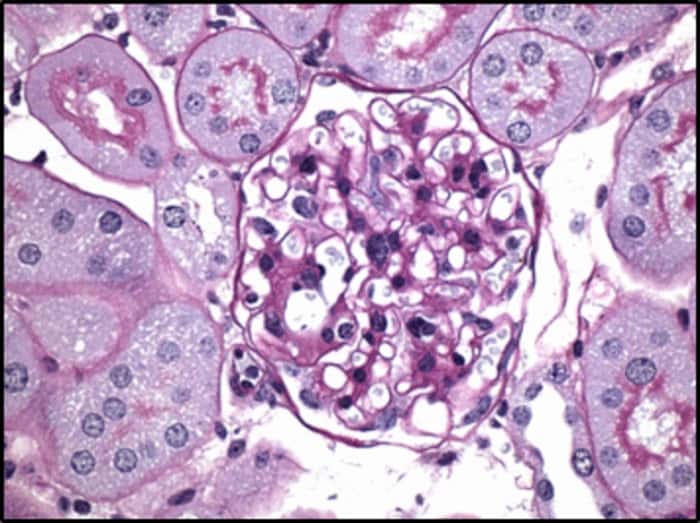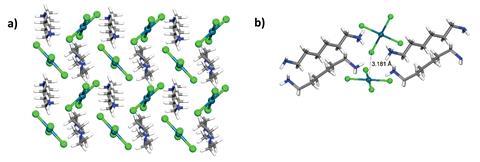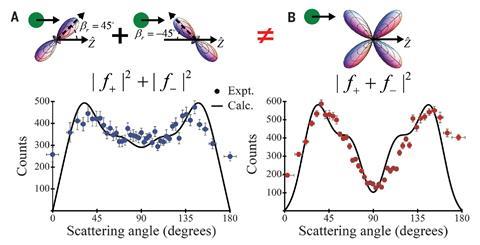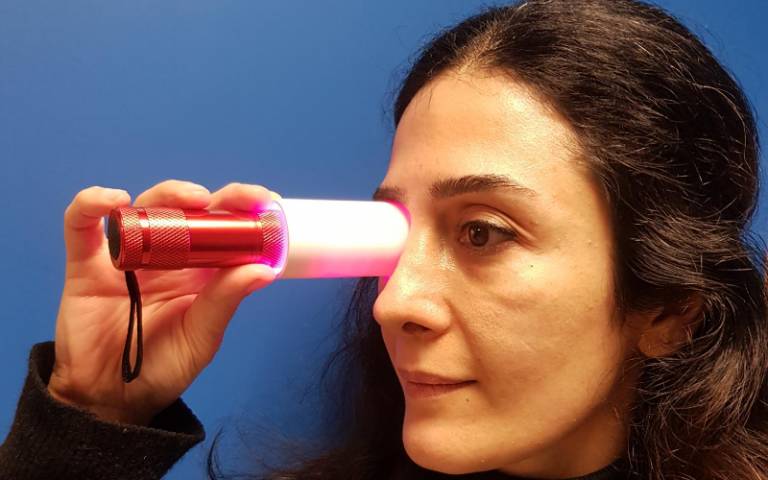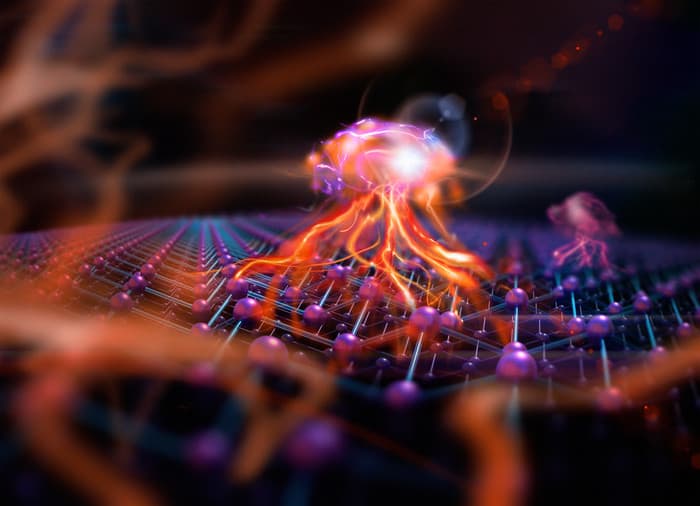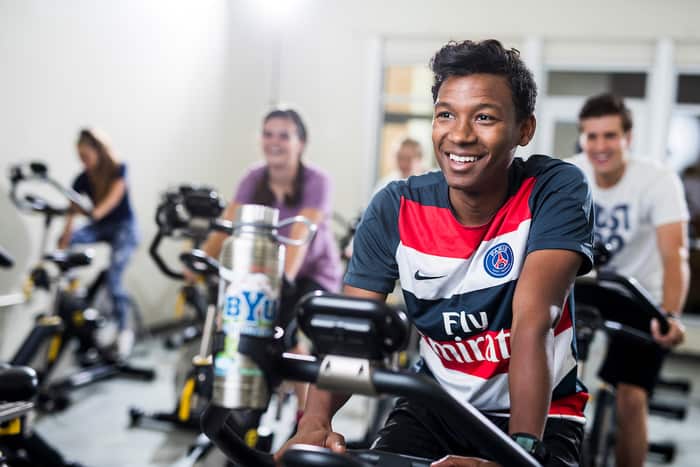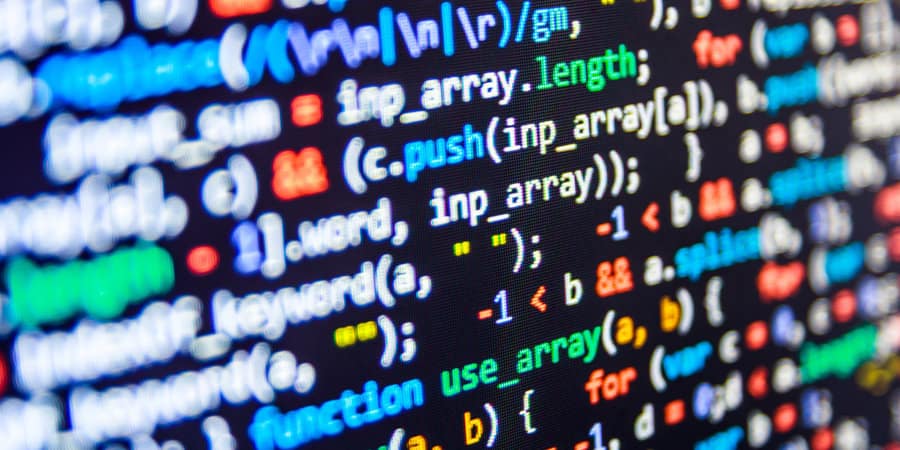Humans all over the world play games, but games are not played equally throughout the world’s cultures. Humans might use games to store and teach cultural-specific information to community members. For example, if you think of the last game that you played, was it a cooperative game, a competitive game, or a game that you […]
Read More
